The heart is the engine driving the human body. it contracts and relaxes rhythmically throughout our lives, delivering blood and nutrients to every part of our body. Shaped like an upside-down truncated cone, with the tip pointing forward, the heart is in the thorax, above the diaphragm, and between the lungs and sternum. It is the size of a fist, and weighs around 300 grams. The heart is wrapped in a whitish membrane with two layers. A lubricant fluid flows between them, cushioning the heart’s movement and preventing it from rubbing against the other organs.
The heart is a hollow muscle and has four cavities. The two upper cavities are called atria, and the two lower ones are the ventricles. The right atrium is connected to the ventricle beneath it. Symmetrically, the left atrium is connected to the left ventricle.
The right and left sides of the heart are not connected. The heart has two separate sides, each fulfilling different functions: the right side receives venous blood from the veins, loaded with carbon dioxide to be expelled, and pushes it towards the lungs.
The left side receives clean, oxygenated arterial blood from the lungs, and pumps it throughout the body.
This is why the right and left sides are not connected: oxygenated blood must not mix with blood that has yet to be cleaned.
The heart sucks in one deciliter of blood with each beat: in total, 8,000 to 10,000 liters of arterial and venous blood pass through its walls every day. Blood takes around half a second to pass through the heart. The heart-lungs-heart cycle lasts about six seconds. It takes eight seconds for the blood to reach the brain and return to the heart. Blood directed all the way down to the feet takes 18 seconds to complete the cycle.
The heart is the human body’s strongest muscle: with a single beat, it sends blood to even the most distant capillaries. The power of a heartbeat would be enough to lift a one kilo weight half a meter off the ground. While it works independently, the heart also reacts to the body’s needs, increasing the frequency of its beat whenever it receives external stimuli. The heart keeps working nonstop throughout our entire lives, and does so automatically, without us having to think about it. This is why it has become a universal symbol of life and love.
The heart is a hollow muscle and has four cavities. The two upper cavities are called atria, and the two lower ones are the ventricles. The right atrium is connected to the ventricle beneath it. Symmetrically, the left atrium is connected to the left ventricle.
The right and left sides of the heart are not connected. The heart has two separate sides, each fulfilling different functions: the right side receives venous blood from the veins, loaded with carbon dioxide to be expelled, and pushes it towards the lungs.
The left side receives clean, oxygenated arterial blood from the lungs, and pumps it throughout the body.
This is why the right and left sides are not connected: oxygenated blood must not mix with blood that has yet to be cleaned.
The heart sucks in one deciliter of blood with each beat: in total, 8,000 to 10,000 liters of arterial and venous blood pass through its walls every day. Blood takes around half a second to pass through the heart. The heart-lungs-heart cycle lasts about six seconds. It takes eight seconds for the blood to reach the brain and return to the heart. Blood directed all the way down to the feet takes 18 seconds to complete the cycle.
The heart is the human body’s strongest muscle: with a single beat, it sends blood to even the most distant capillaries. The power of a heartbeat would be enough to lift a one kilo weight half a meter off the ground. While it works independently, the heart also reacts to the body’s needs, increasing the frequency of its beat whenever it receives external stimuli. The heart keeps working nonstop throughout our entire lives, and does so automatically, without us having to think about it. This is why it has become a universal symbol of life and love.
RELATED
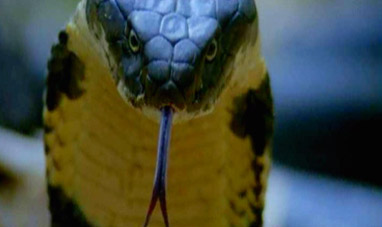

COBRA
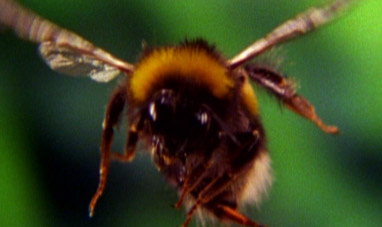

BEE
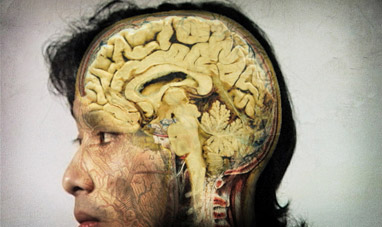

THE BRAIN
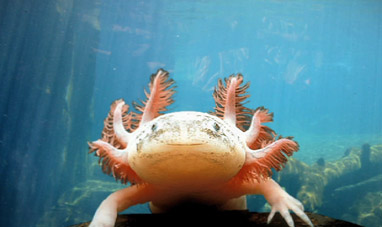

AXOLOTL
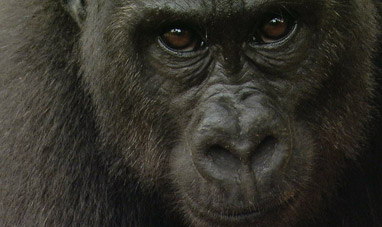

GORILLA


TUNA
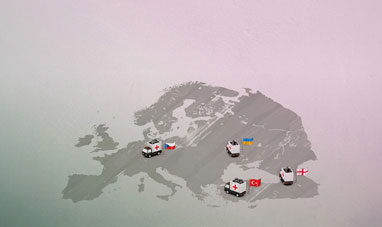

ORGAN TRAFFICKING
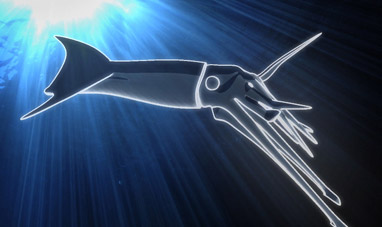

SQUID
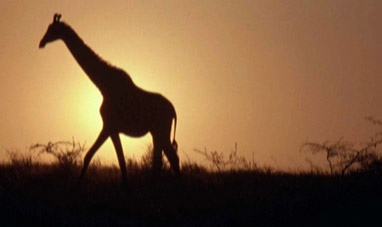

GIRAFFE
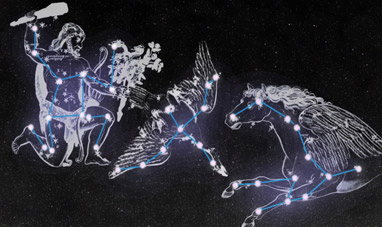

CONSTELLATIONS
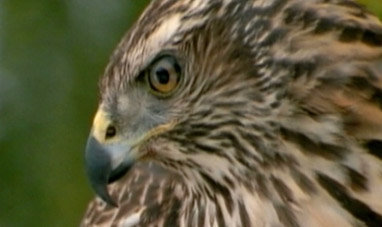

FALCON


THE FEET


ANACONDA


CARS


THE PRAYING MANTIS
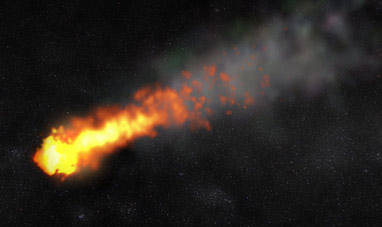

METEORS
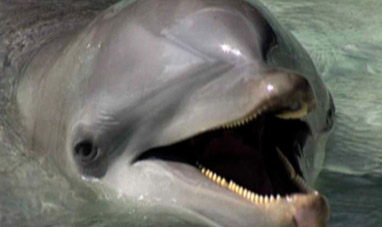

DOLPHIN


SCORPION
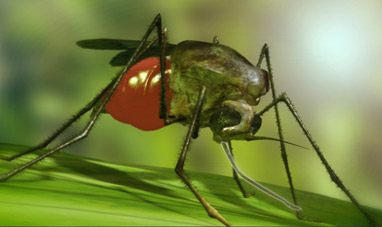

MOSQUITO
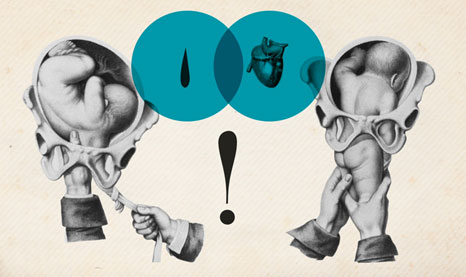

CHILDBIRTH
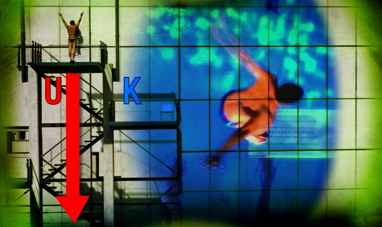

KINETIC, POTENTIAL AND MECHANIC ENERGIES
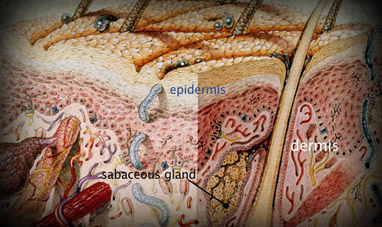

SKIN
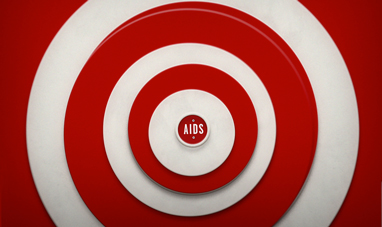

AIDS
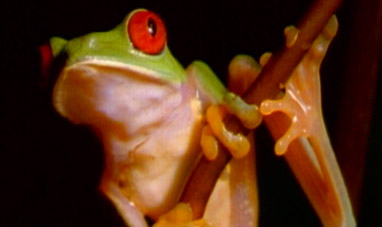

FROG
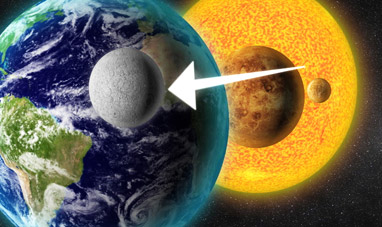

THE MOON
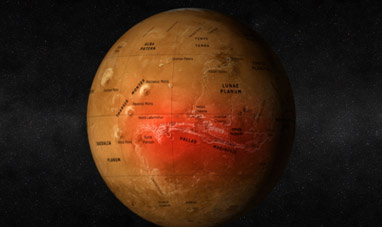

MARS
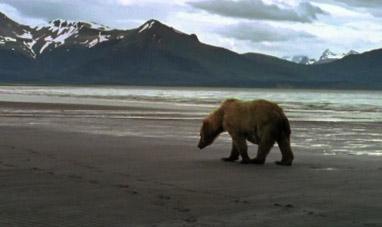

BEAR


CHEMICAL BONDS
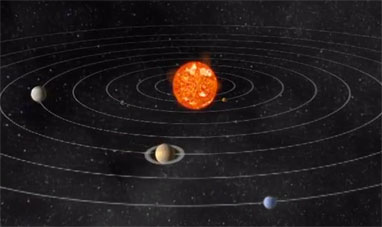

THE SOLAR SYSTEM
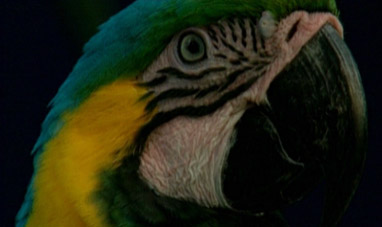

PARROTT
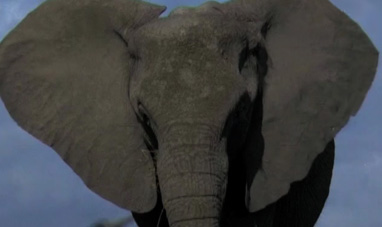

ELEPHANT
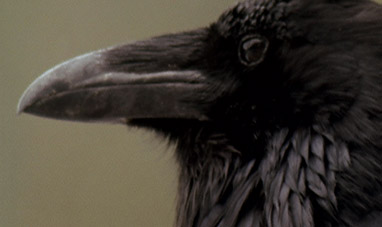

RAVEN
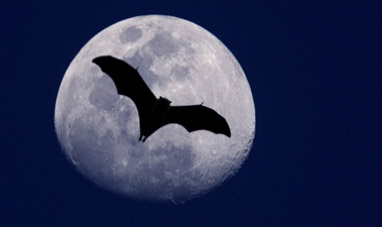

BAT


NATURAL GAS (METHANE)
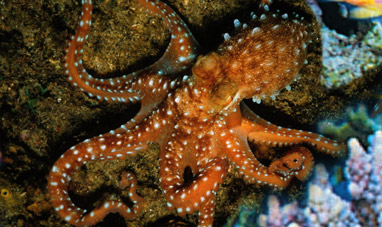

THE OCTOPUS
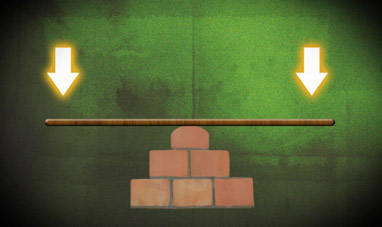

FORCE, EQUILIBRIUM AND LEVERAGE
